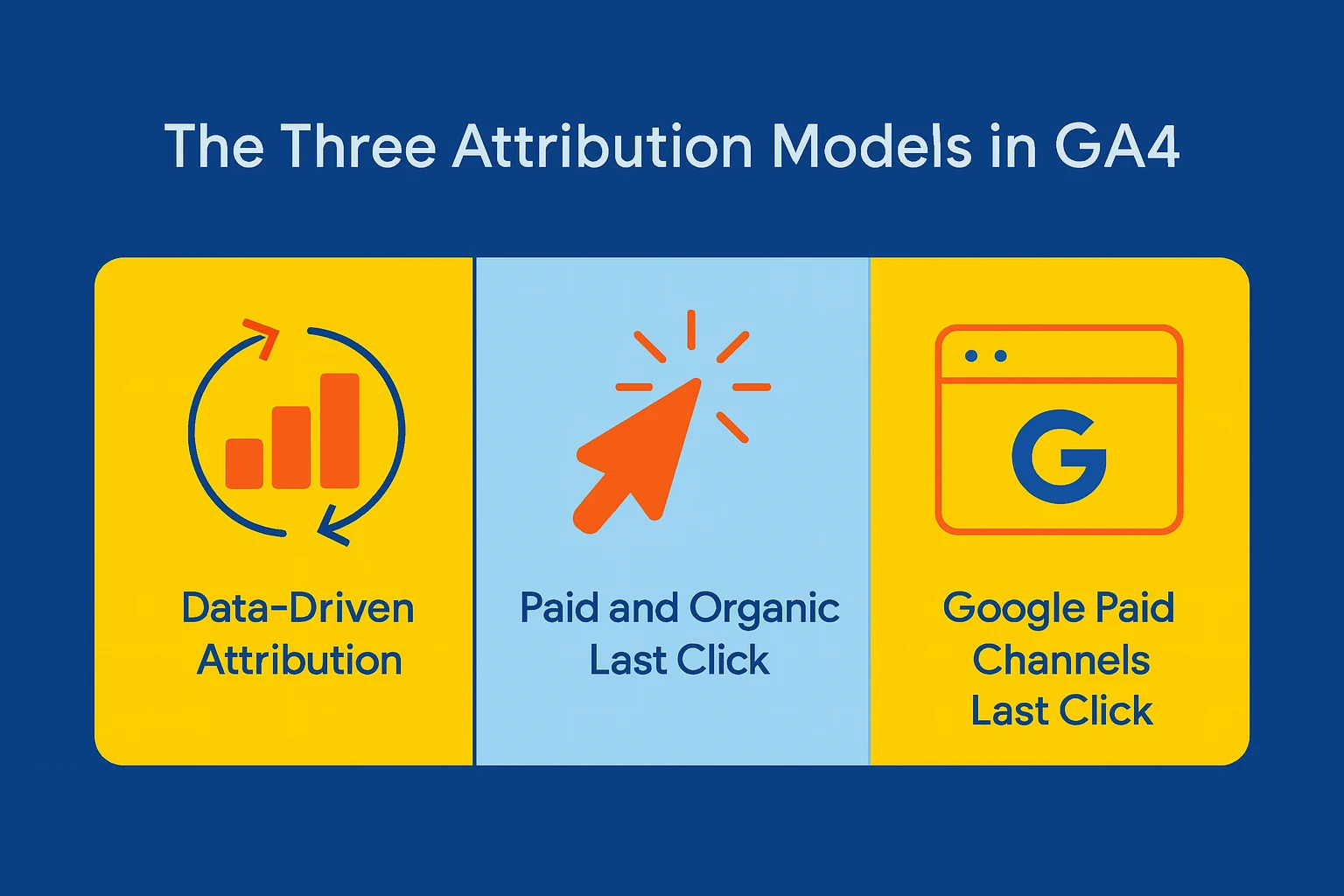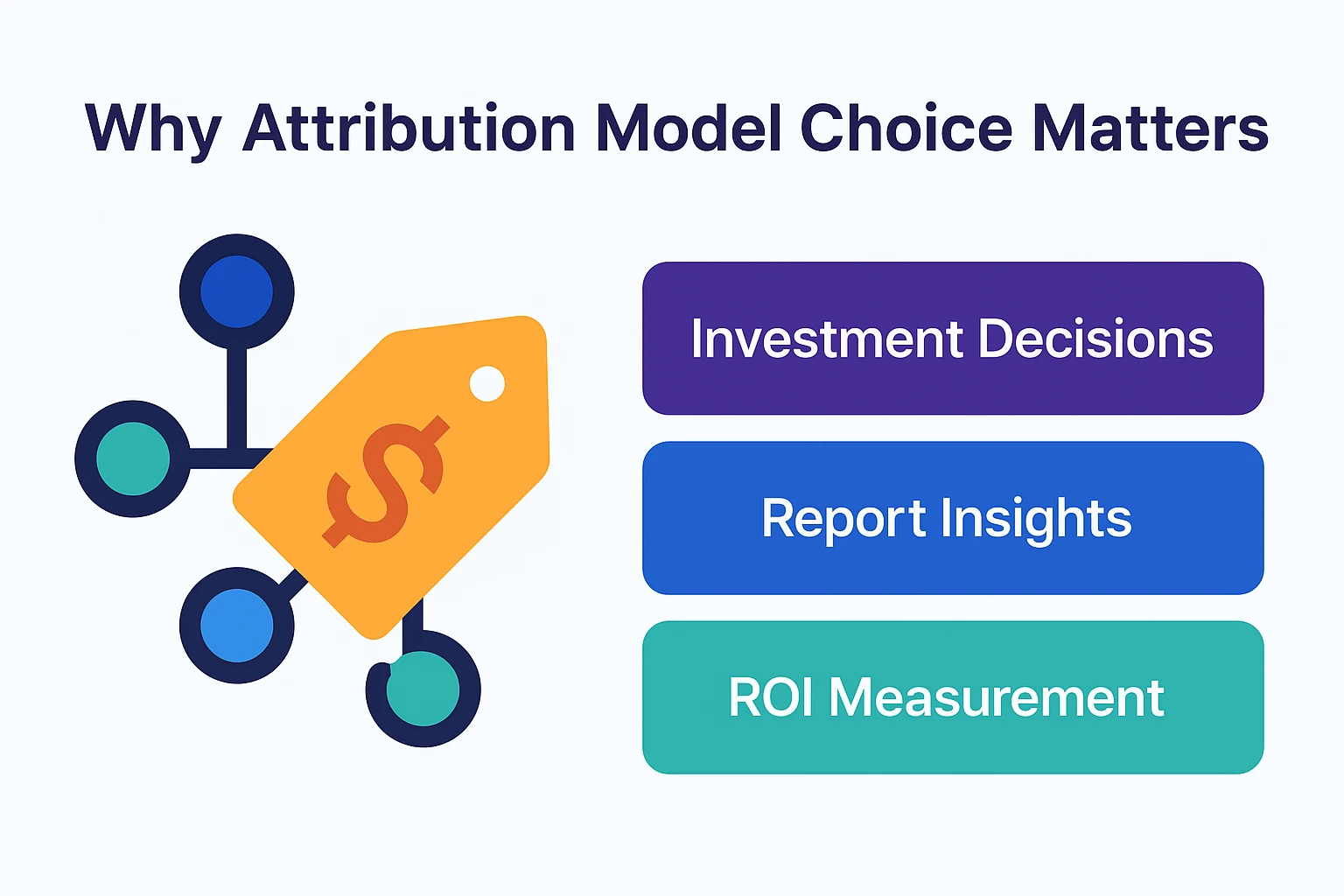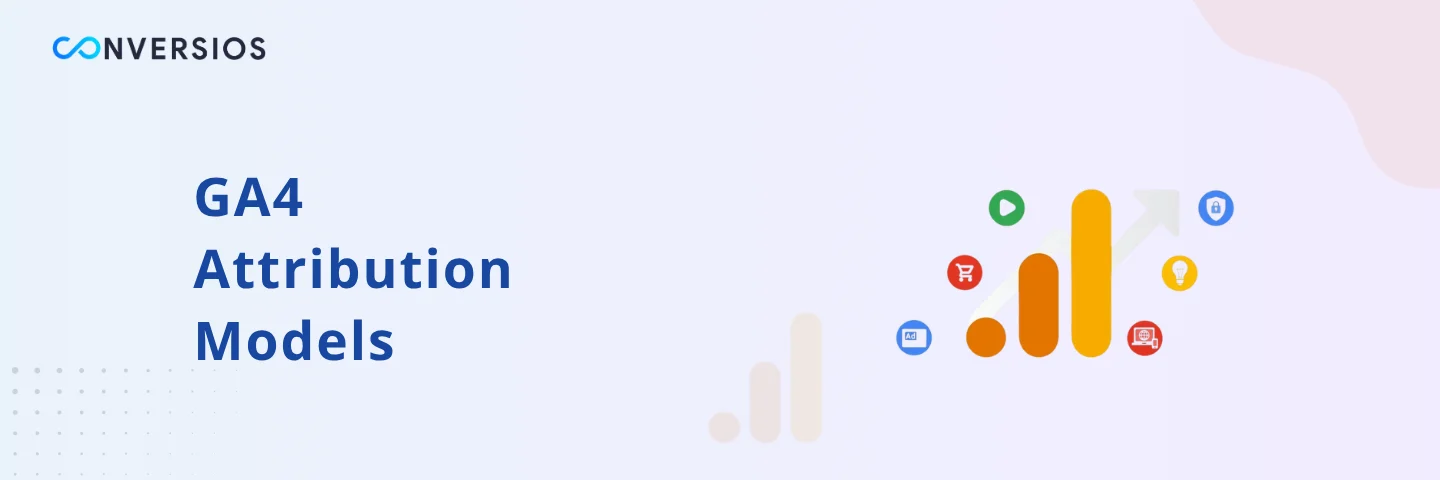Attribution now means much more than just who gets credit for a sale. In Google Analytics 4 for eCommerce, you can finally see how every marketing touchpoint ads, email, organic search, and more, shapes the customer journey. But which GA4 attribution model is best for your business? This guide explains, simply and directly, how each model works and how to pick the right one.
The Three Attribution Models in GA4

1. Data-Driven Attribution (DDA)
Data-driven attribution is the default model in GA4. Rather than following a strict rule, it uses machine learning to fairly divide credit among every touchpoint on a customer’s journey.
It evaluates up to 50 actions over the 90 days before your customer converts, assigning credit based on which steps made a real impact.
For deeper insights, a GA4 BigQuery integration can help you analyze user-level paths at scale.
This is best for businesses with significant traffic and more complex sales cycles, like e-commerce and B2B companies. Google suggests aiming for at least 200 conversions and 2,000 touchpoints per month, but you can start sooner if you want smarter insights.
2. Paid and Organic Last Click
This simple model gives all the credit to the last non-direct click before someone buys or fills out a form. Direct visits (where a user types in your URL or clicks a bookmark) only count if that’s the entire path. It’s straightforward and easy to understand, making it ideal for businesses with short, simple buying cycles or low traffic. The trade-off? It can undervalue channels like awareness ads or early SEO that introduce people to your brand.
3. Google Paid Channels Last Click
This model gives 100% of the credit to the last Google Ads click if there was one. If not, it follows the same rules as Paid and Organic Last Click. You should use this only if your marketing relies almost entirely on Google Ads, or if your team needs Google-centric reporting for alignment.
How to Set Your Attribution Model in GA4
-
Go to Admin and open Attribution Settings.
-
Select your preferred model: Data-Driven, Paid and Organic Last Click, or Google Paid Channels Last Click.
-
For most, choose “Paid and organic channels” in the channel credit setting for greater accuracy.
-
Set your lookback windows: defaults are 30 days for new users and 90 days for conversions, but many marketers adjust to 7 days for acquisition and 30 days for conversions to reduce noise.
How to Choose the Right Attribution Model
Use Data-Driven Attribution if:
-
You have enough data (traffic and conversions).
-
Buyers interact with your brand in multiple places (ads, email, social, organic search).
-
Your business depends on understanding the entire customer journey, especially when you build smart audiences in GA4 to retarget and personalize effectively.
Pick Paid and Organic Last Click if:
-
You’re just starting with GA4 and don’t get a lot of conversions yet.
-
Your sales cycle is simple and quick.
Use Google Paid Channels Last Click only if:
-
You rely almost exclusively on Google Ads for conversions.
-
Your reporting or management expects channel alignment.
Why Attribution Model Choice Matters

Your selected model impacts:
-
Where you invest marketing budget.
-
What your reports show as high- or low-performing.
-
How you measure ROI by channel or campaign.
Regularly review the Model Comparison report in GA4. This helps confirm that the right campaigns, channels, and messages are getting proper credit.
Frequently Asked Questions
Q. Which attribution model is default in GA4?
GA4 uses Data-Driven Attribution as the default model, but you can change it any time in your settings.
Q. Can I change my attribution model retroactively?
Yes, switching models instantly recalculates past data so you can compare results.
Q. What if I do not have much conversion data?
Start with Paid and Organic Last Click for clarity, then move to Data-Driven Attribution as your traffic grows.
Q. Why set shorter lookback windows?
Shorter windows give more accurate results by ignoring outsized credit to very old interactions.
Q. How do I get clean attribution?
Make sure every campaign uses proper UTM tracking, check the Model Comparison report, and fix any missing revenue in GA4 issues before drawing conclusions. Also, link your Google Ads account for full visibility.
Tip: Implementing Google Consent Mode v2 ensures that your attribution data remains accurate and compliant in regions with privacy regulations.
